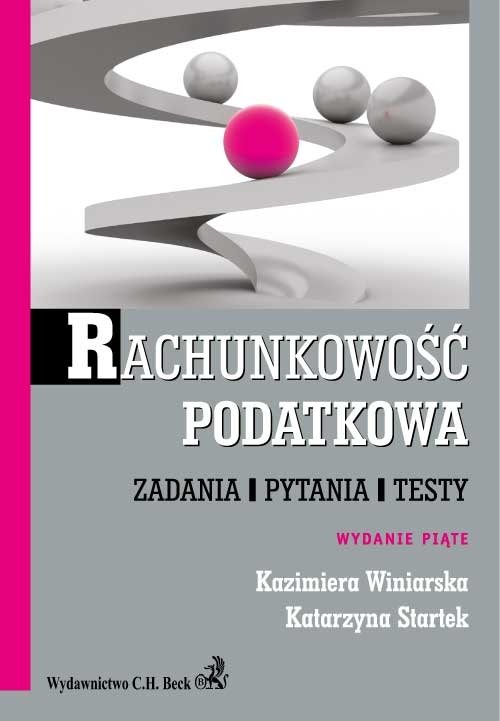.jpg)
Doppler Concerto For Two Flutes Program Notes Haydn
Description Doppler Concerto in D minor for 2 flutes & piano Doppler Concerto in D minor for 2 flutes & piano Billaudot Instrumentation • Part 1: Flute • Part 2: Flute • Part 3: Piano Composer and virtuoso flautist, Albert Franz Doppler (1821-1883) was born in Poland. He wrote an array of ballets and operas but was best known for his flute music. In 1828, Franz Doppler began studying the flute with his father, Joseph Doppler and later formed a flute duo with his younger brother Karl.
Program Notes: Concerto for Two Pianos. Bonds to the Viennese symphonic tradition of Mozart and Haydn. Ironically, the “Pastoral” has generally been regarded.
The Doppler brothers proceeded to tour Europe as a flute duo for many years, performing a number of their own arrangements which proved popular with audiences. Both brothers became members of the Orchestra of the German Theatre, Budapest. Alongside their touring, they also founded the Hungarian Philharmonic Orchestra.
Pazdro zadania chemia pdf download partitura brasileirinho violino pdf. Downloader Crack Plus Serial Key Free Download Any video converter Free Download With Crack Total Video Converter Crack Plus.AnyDVD HD 8.1.7.0 Crack. There was a problem previewing inkscape_zadania.pdf. 
Franz Doppler was Principal flautist at the opera in Budapest and deputy conductor. He then became chief conductor of the Vienna Court Opera as well as Professor of Flute and the Vienna Conservatoire. Franz Doppler composed an array of virtuosic pieces for flute including flute duets, concertos and showpieces. Many of his works include Russian and Hungarian elements as well as operatic themes. If you have any queries, please call All Flutes Plus on 020 7388 8438 (UK) or + 8438 (International) Product Delivery • All Flutes Plus accessories are dispatched within the UK by Royal Mail unless otherwise requested with a standard flat-rate of £2.50 per package. • All Flutes Plus endeavour to dispatch your order by return and availability of stock if received before 2.30pm.
• For delivery outside the UK a secure courier service is used for overseas shipment. Not only will the delivery charge change depending on the location, but also the weight of the goods.
25 in C Major An early undated Eisenstaedt work, this cheeky C major symphony is one of Haydn’s shortest, clocking in at a mere 14 minutes. What it lacks in length is countered by a score that is full of intrigue and surprises. Scored for two oboes, a pair of horns, strings, and continuo, this short three movement symphony was composed sometime between 1761 and 1763. The majority of the earliest symphonies are hard to pinpoint, but most musicologists place this as the twelfth symphony in the chronological order. Unlike the majority of even the earliest C major symphonies, the composition does not include trumpets.
This, however, is just one of the many quirks contained in this change-up work.  In the opening Adagio, the listener is tricked into thinking that the first movement is in the traditional slow first movement church sonata form. After a dominant cadence that passes and just when we are comfortable, the stately four beat intro suddenly stops before abruptly charging into an energetic Allegro Molto that is in two-four.
In the opening Adagio, the listener is tricked into thinking that the first movement is in the traditional slow first movement church sonata form. After a dominant cadence that passes and just when we are comfortable, the stately four beat intro suddenly stops before abruptly charging into an energetic Allegro Molto that is in two-four.
A lengthy development section is extended further by a false recapitulation. The element of surprise is continued with the placement of a Minuet and Trio second movement. After a violinbased melody in the minuet, the trio features more serenade-like solo horn and oboe parts over sparse pizzicato strings. It does not hit the listener until the opening measures of the final presto that that there is no slow movement.